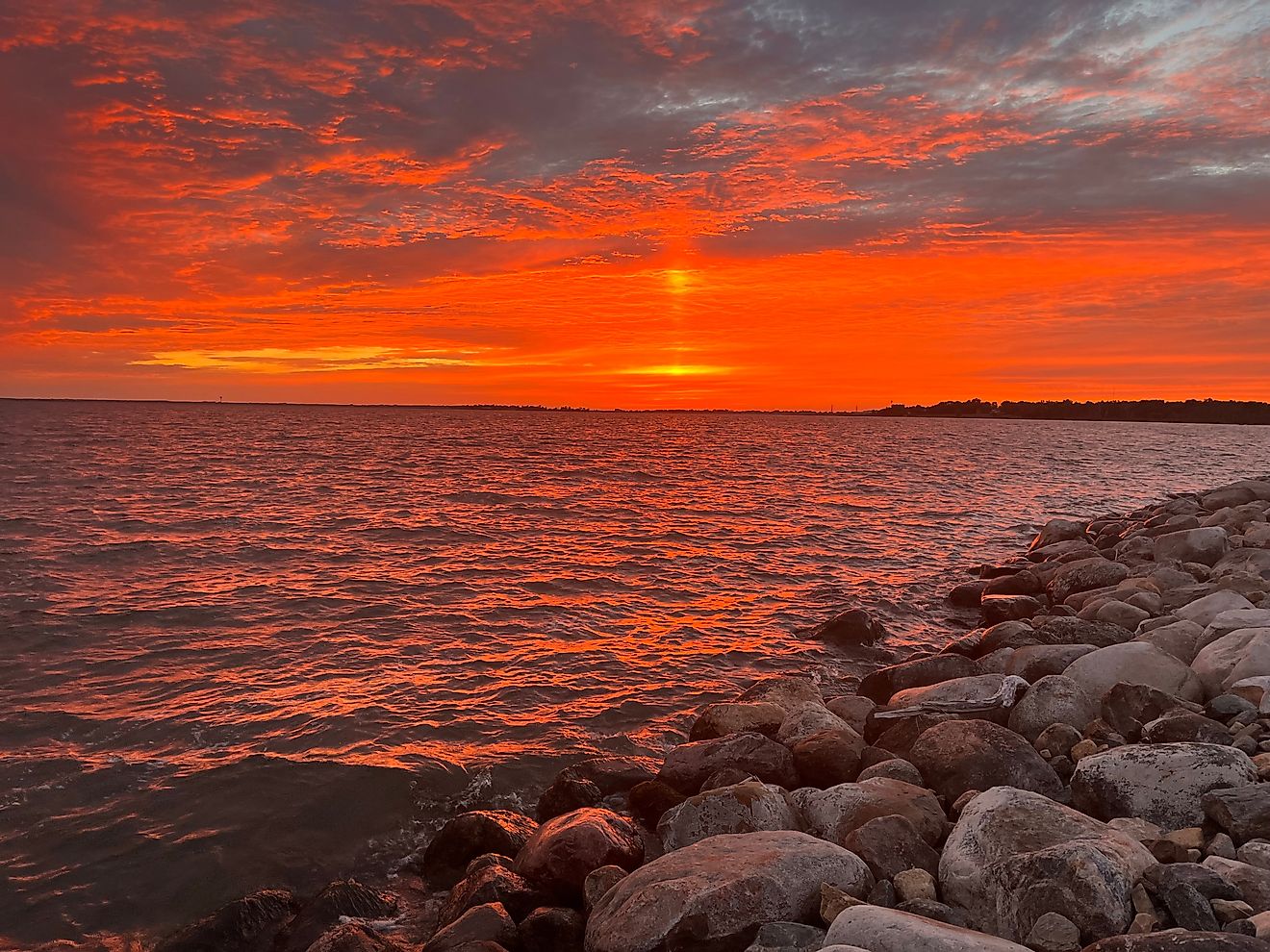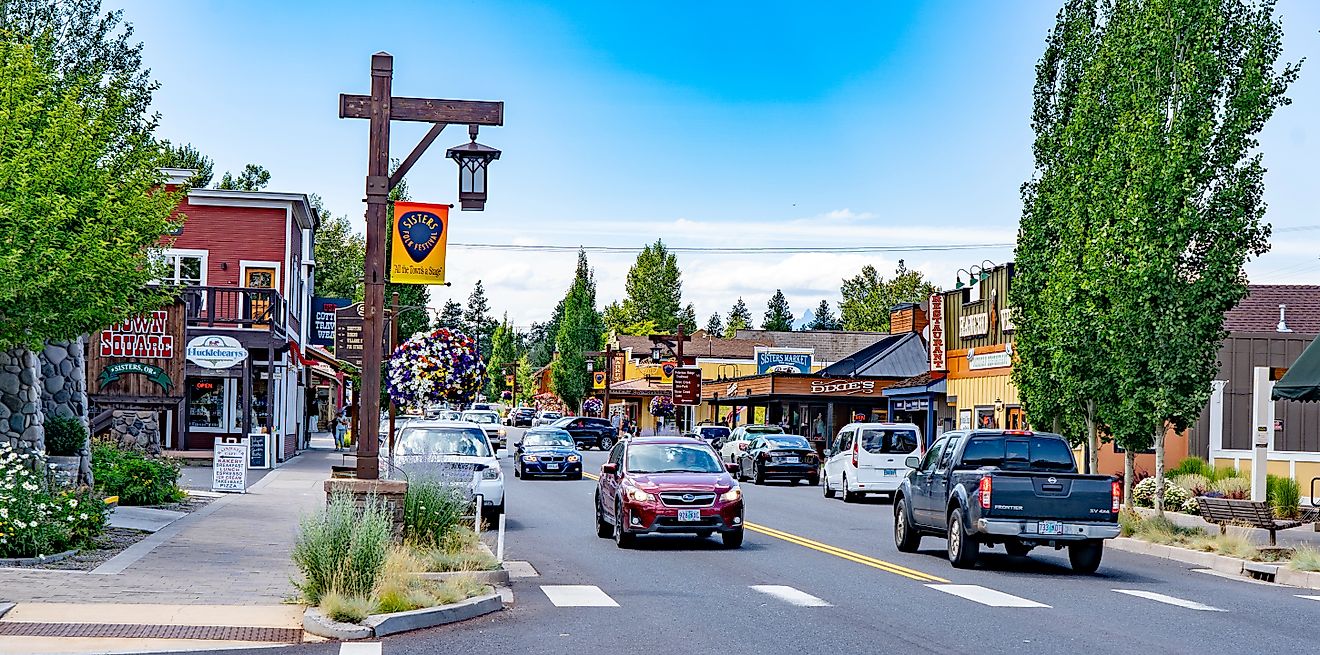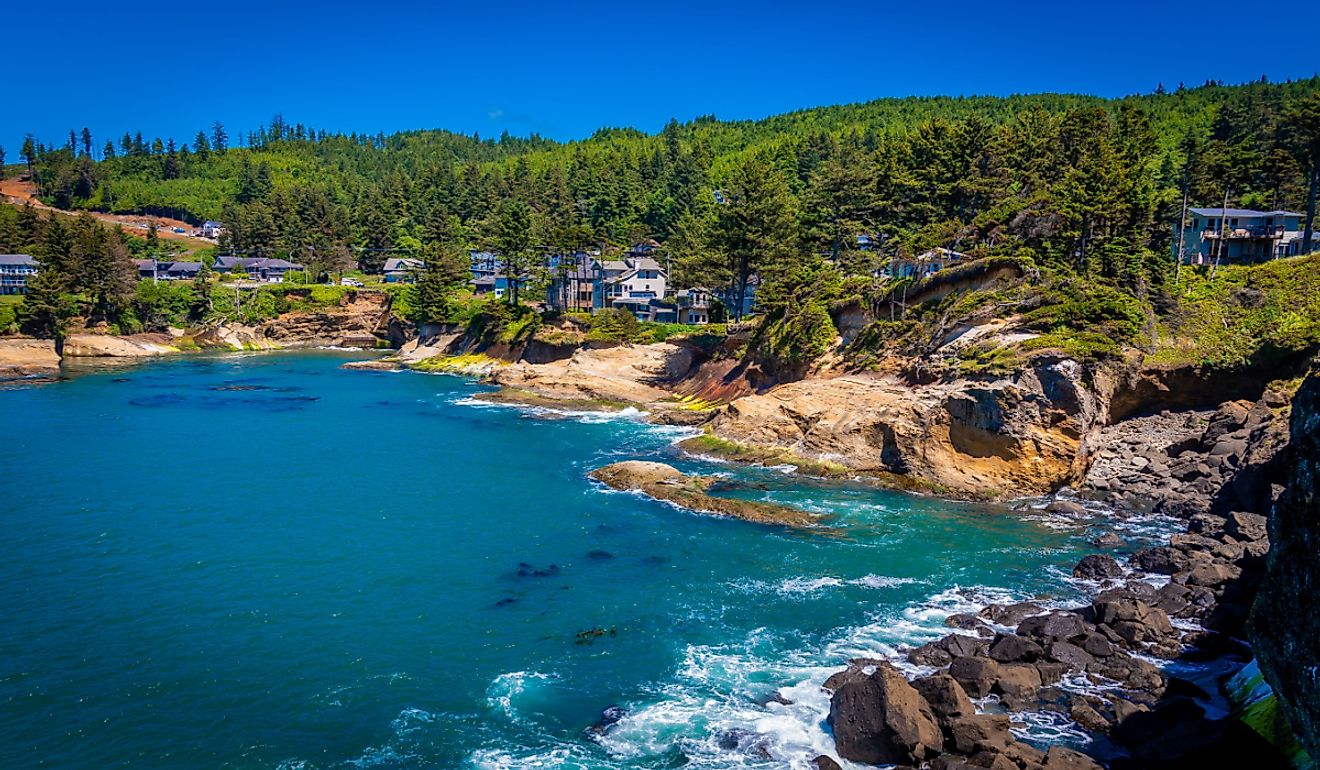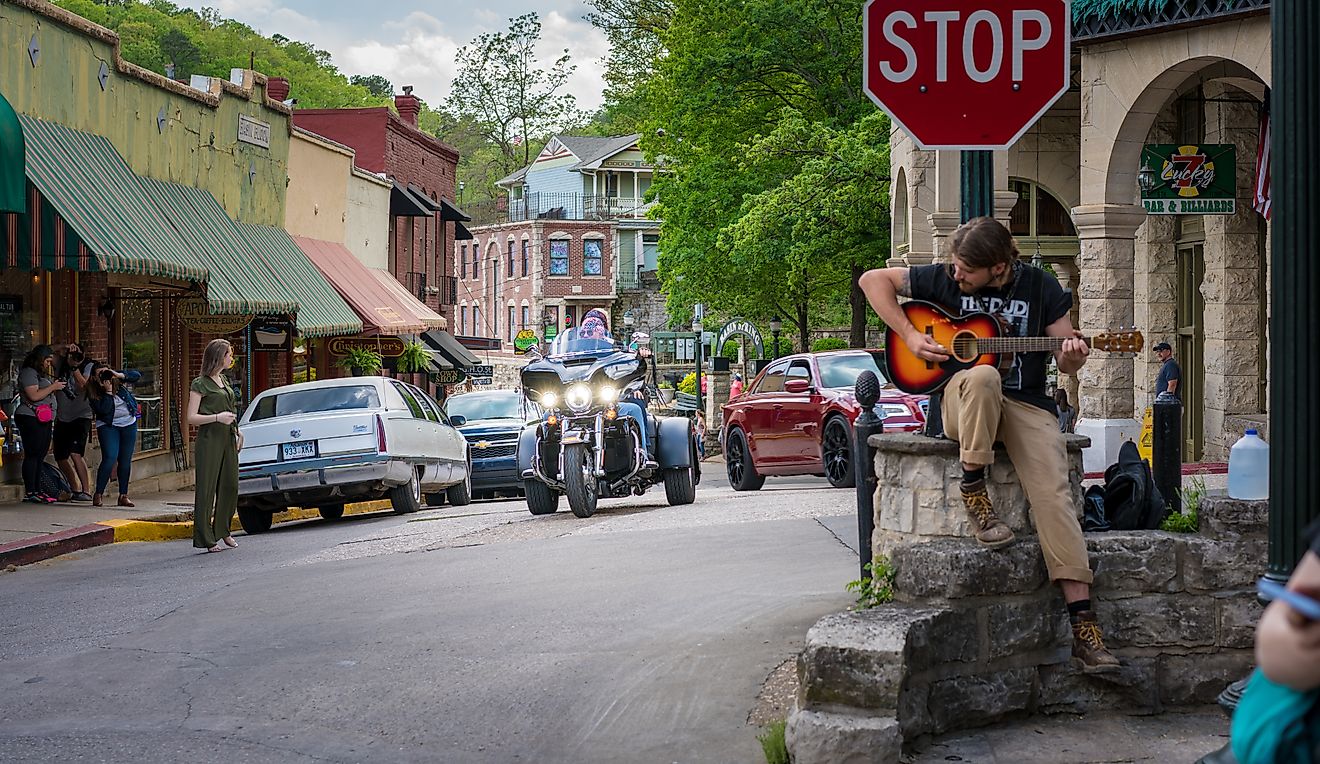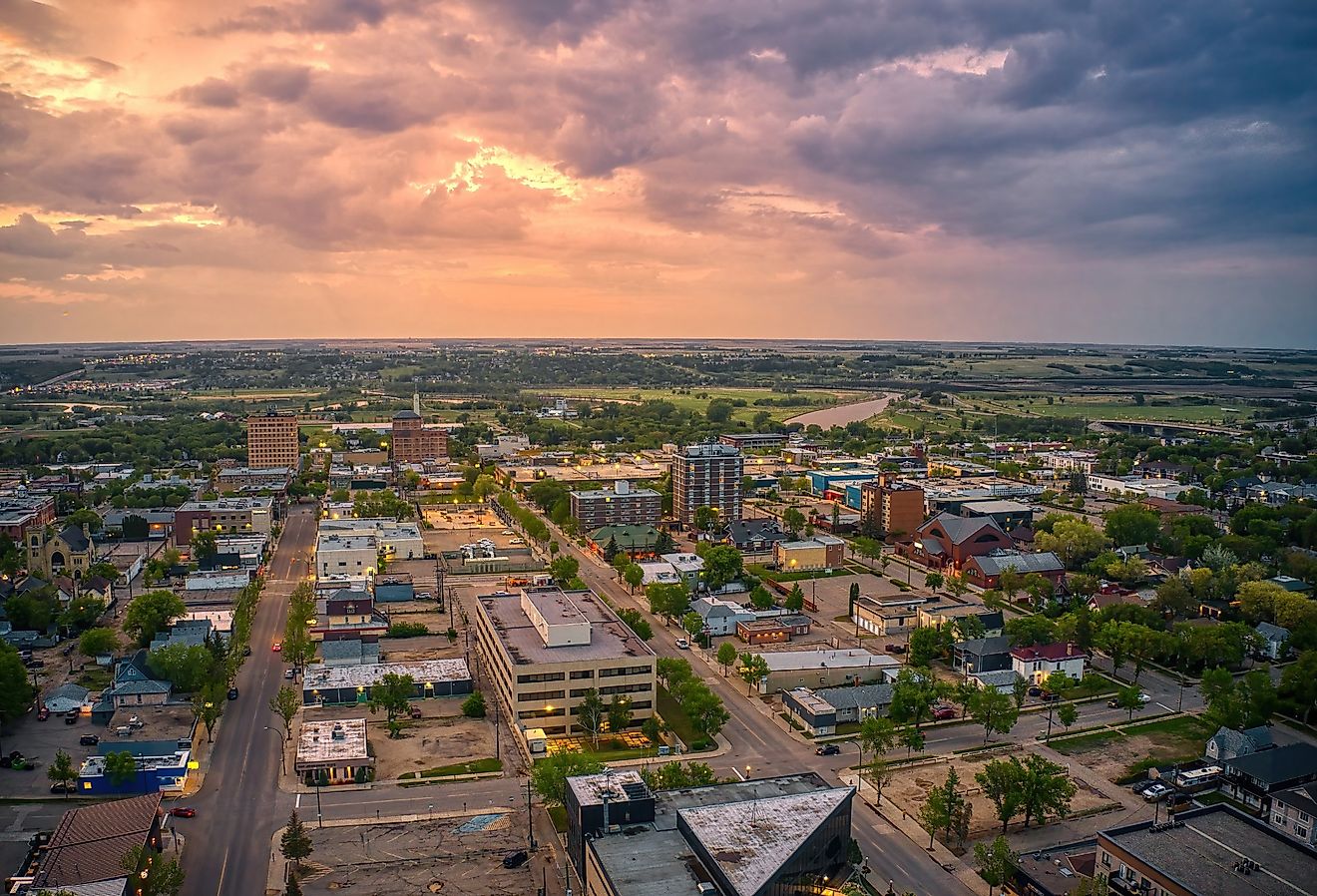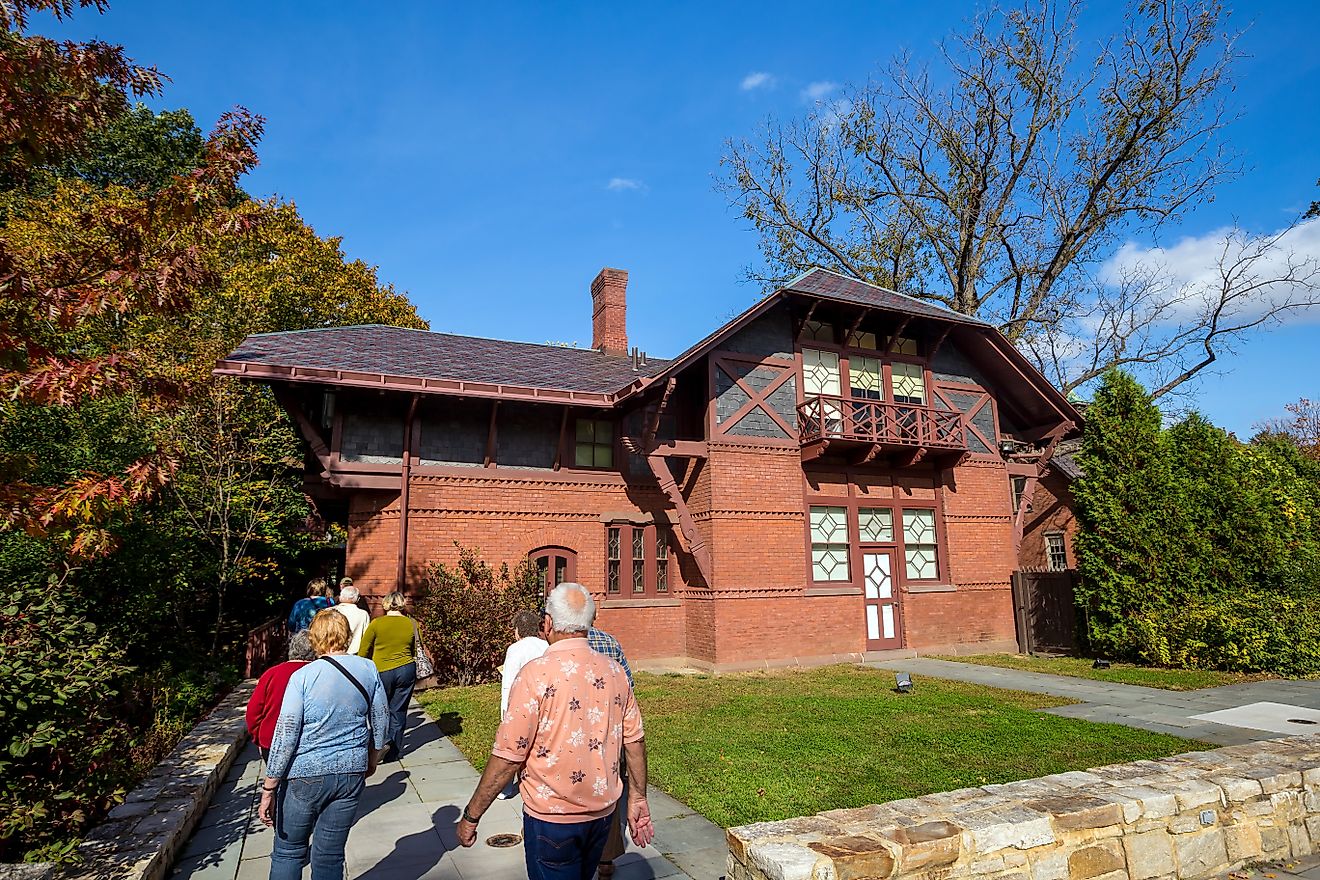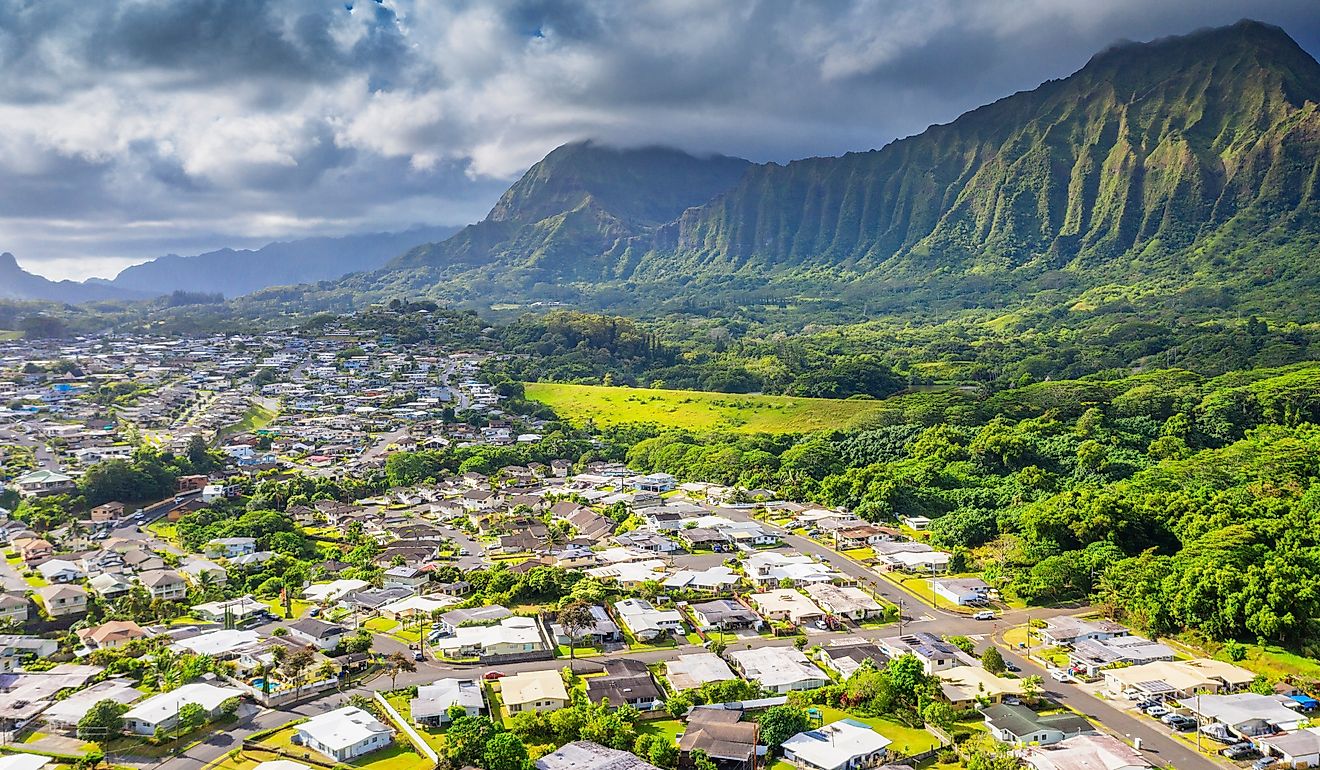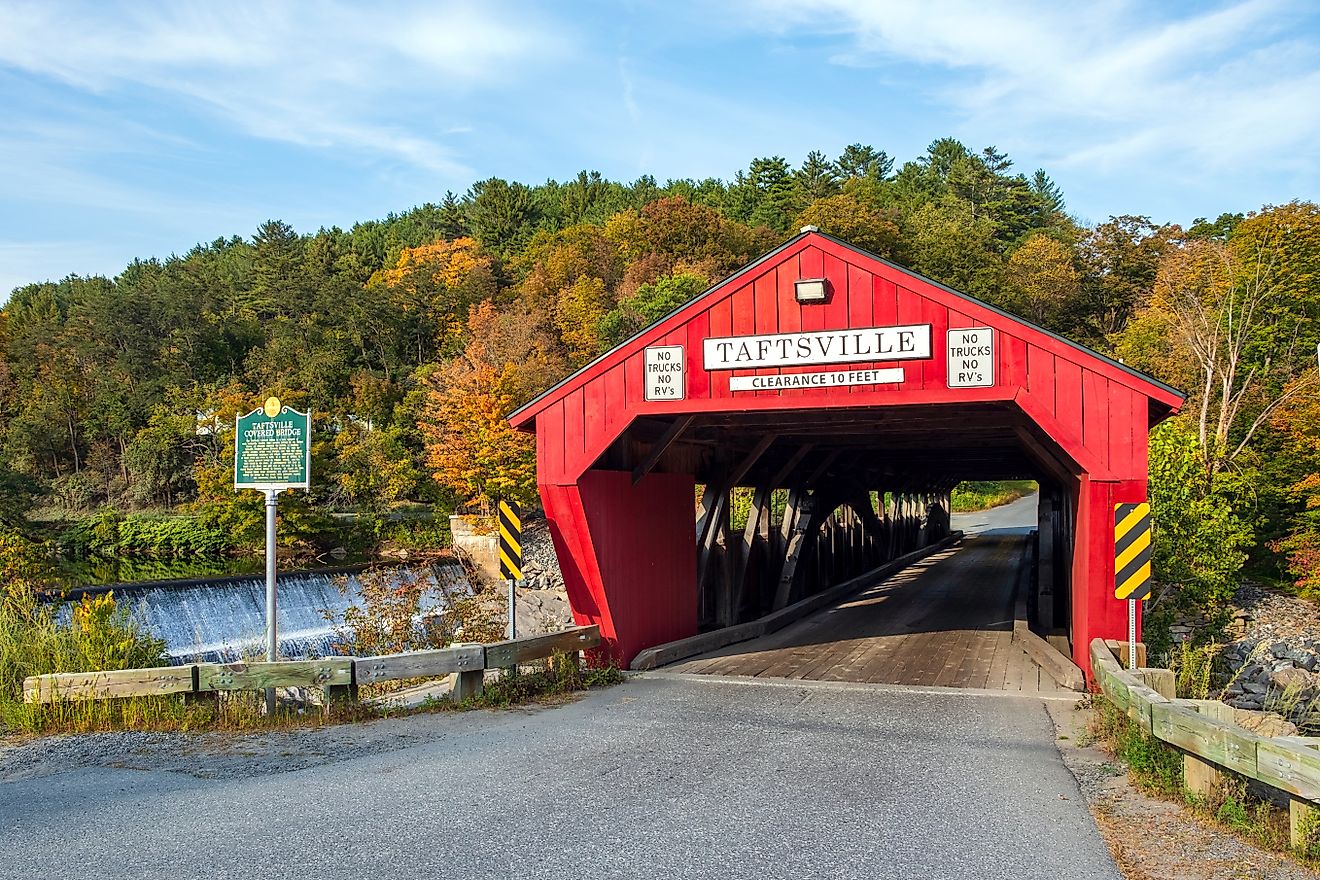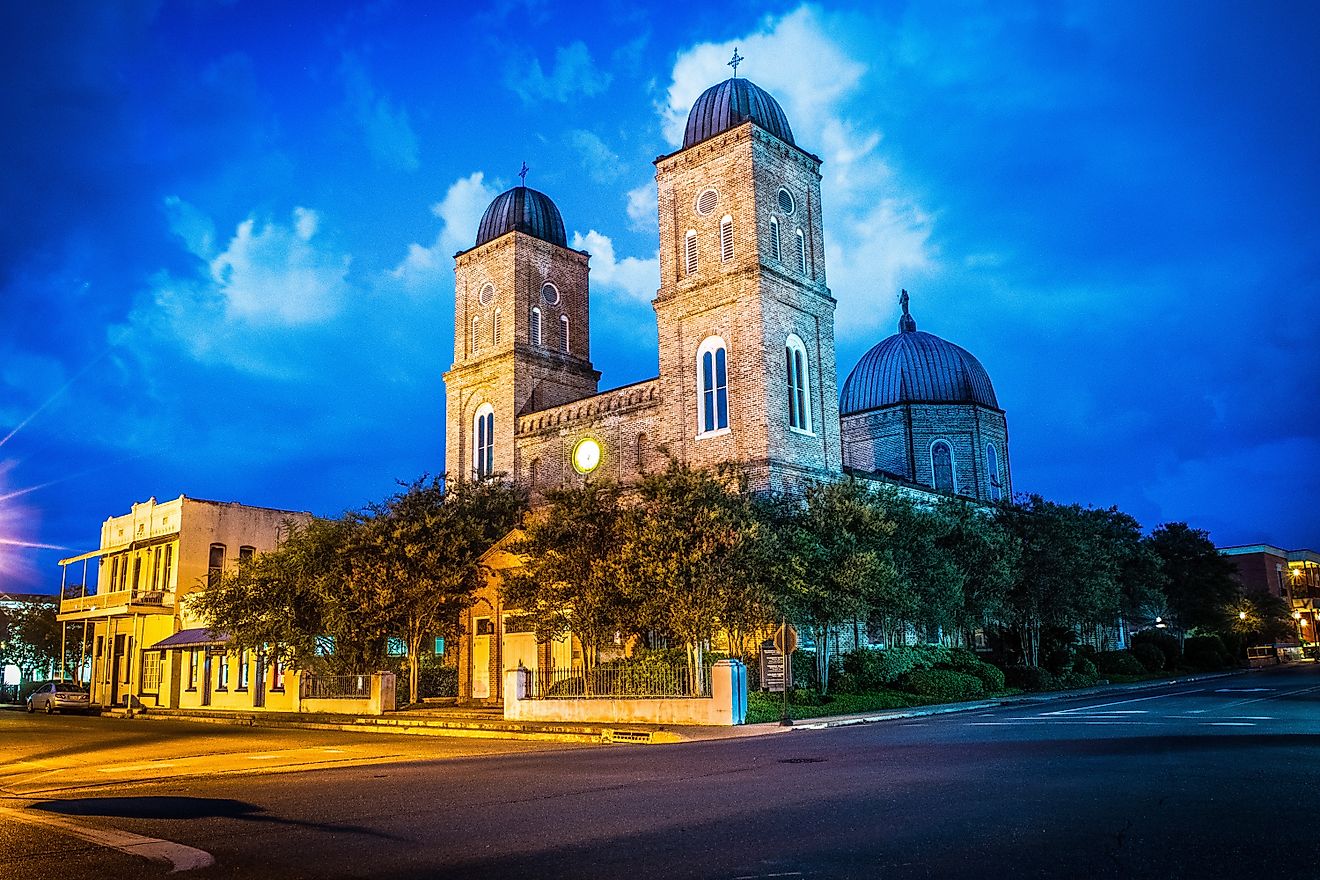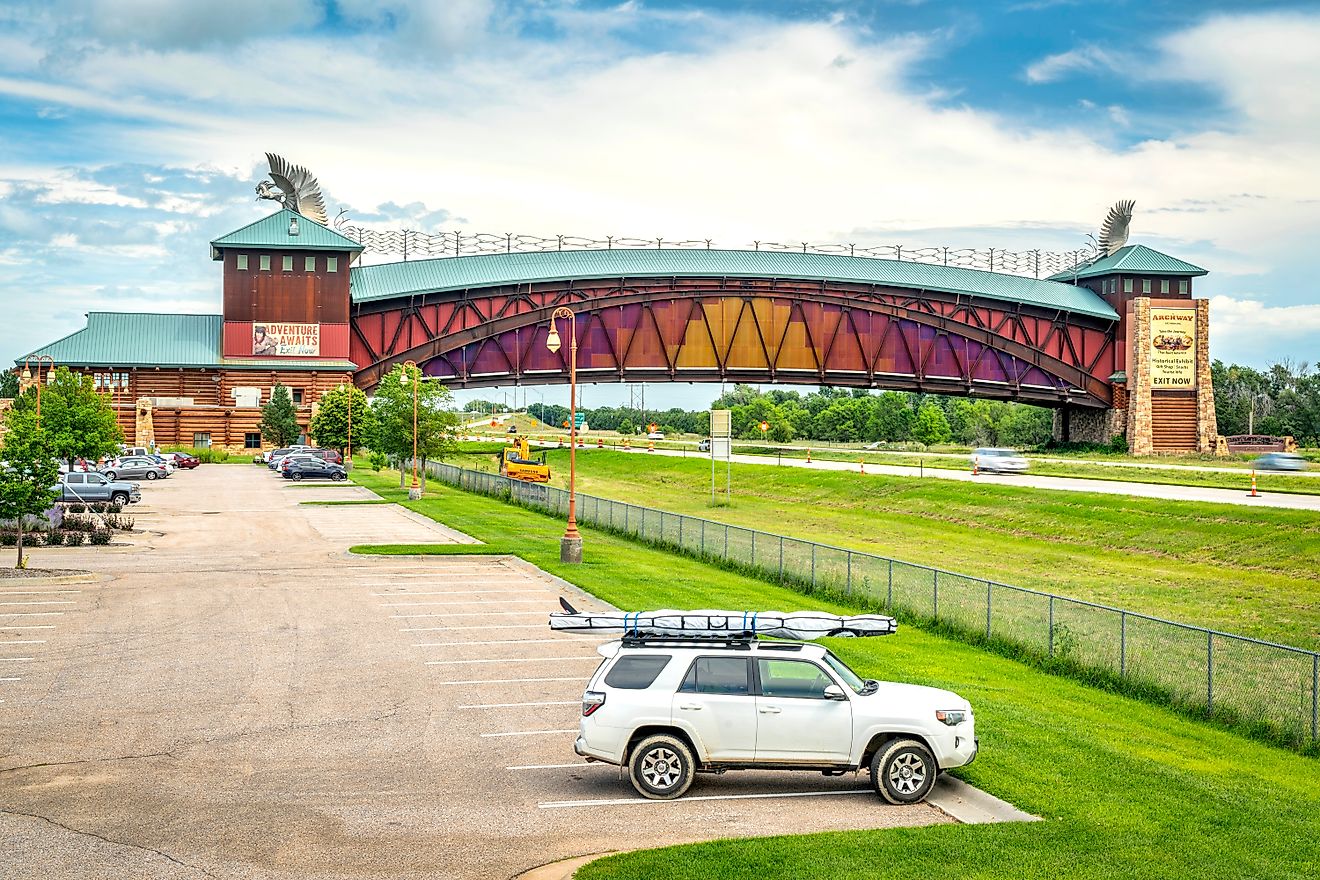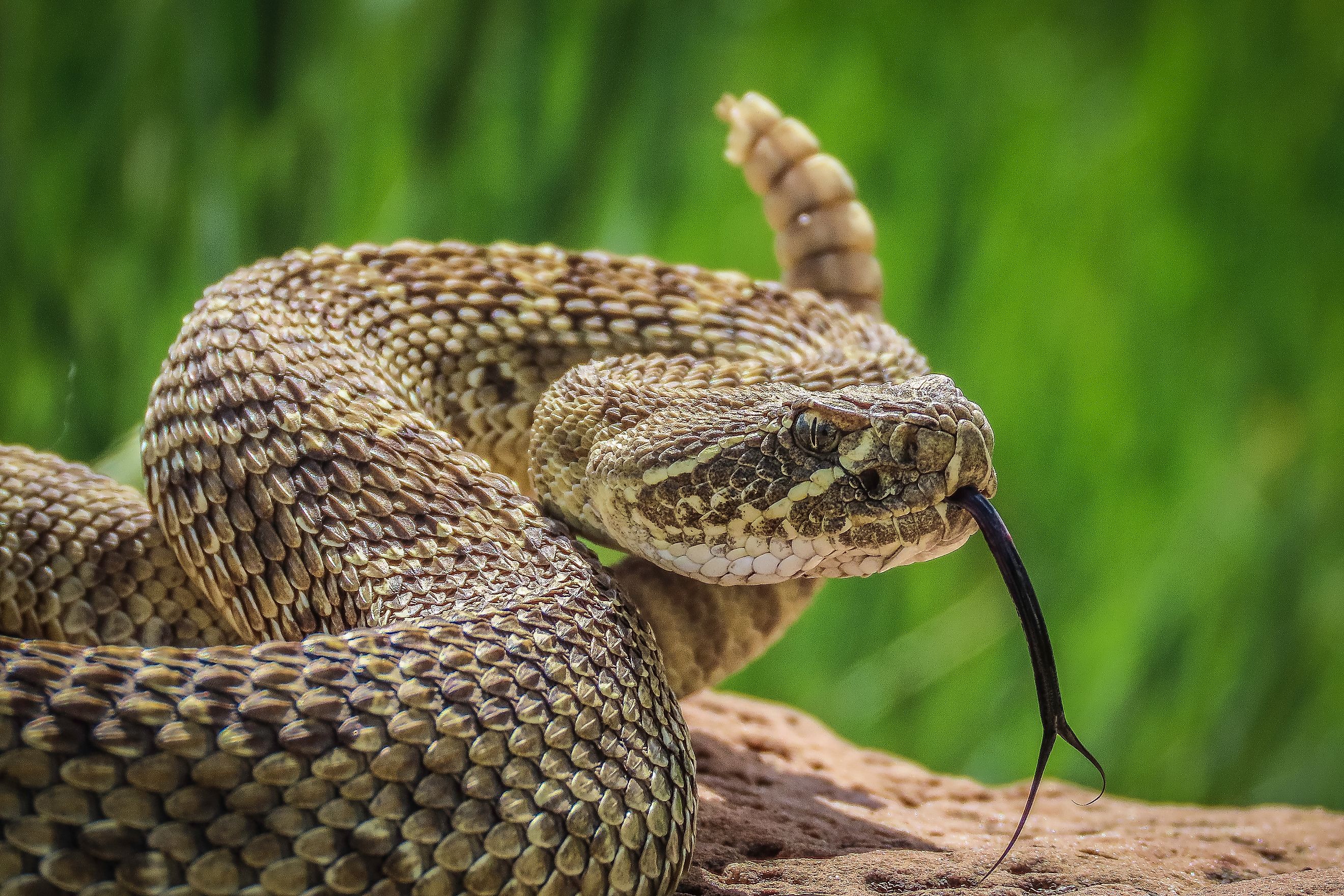
7 Most Rattlesnake Infested Areas in Montana
Nestled in the far Northwest, Montana has many nicknames all related to its natural beauty from Big Sky Country to the Land of the Shining Mountains. It is the fourth largest state in the United States but the eighth least populous with a bit over 1.1 million residents. Of its landmass, more than a third is public land, administrated by the government. As can be expected, there is a rich diversity of wildlife in Montana, including ten species of snakes and one rattlesnake.
Snakes are greatly feared in many cultures due to their mysterious nature and the fact that many are venomous. In Montana, the only venomous snake is the prairie rattlesnake. This creature can measure anywhere from 20 to 50 inches long and is identifiable by its triangular head, yellow to brown scales with brown or black blotches, and, of course, its rattle. When exploring the rich public lands in this state, visitors and residents should be on the lookout for rattlesnakes, especially in these seven most rattlesnake-infested areas in Montana.
Madison River
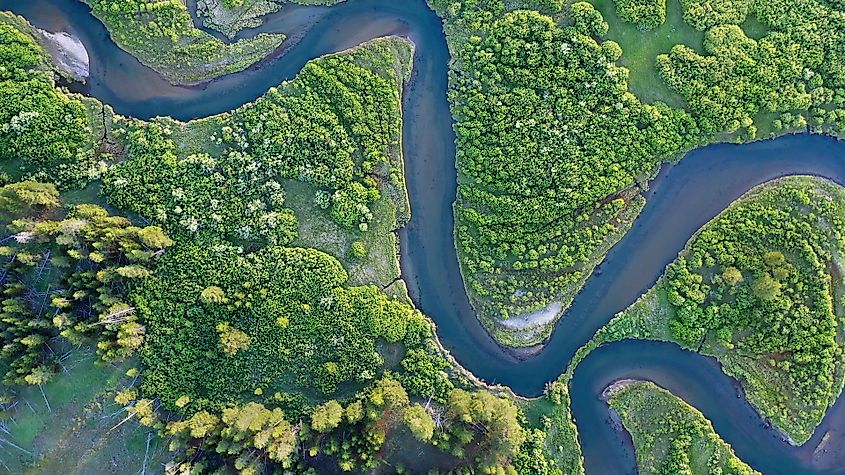
This tributary of the Missouri River runs through Wyoming and Montana, even crossing through Yellowstone National Park, perhaps the most famous park in America. During the Lewis and Clark expedition, Meriwether Lewis named the river after then-Secretary of State and future President James Madison.
Of the animals that live there, trout are the most common, ranging from brown trout to rainbow trout and cutthroat trout. However, one might find more dangerous animals along the river, such as Grizzly bears, wolves, and rattles. Prairie rattlesnakes can be found on rock outcrops and slopes by the river, especially near Ennis, Montana. They can also be found by streams. These snakes typically feed on small mammals like rabbits, mice, rats, squirrels, and prairie dogs. Their rattles are meant to warn predators of their presence, and that includes humans.
Marshall Mountain
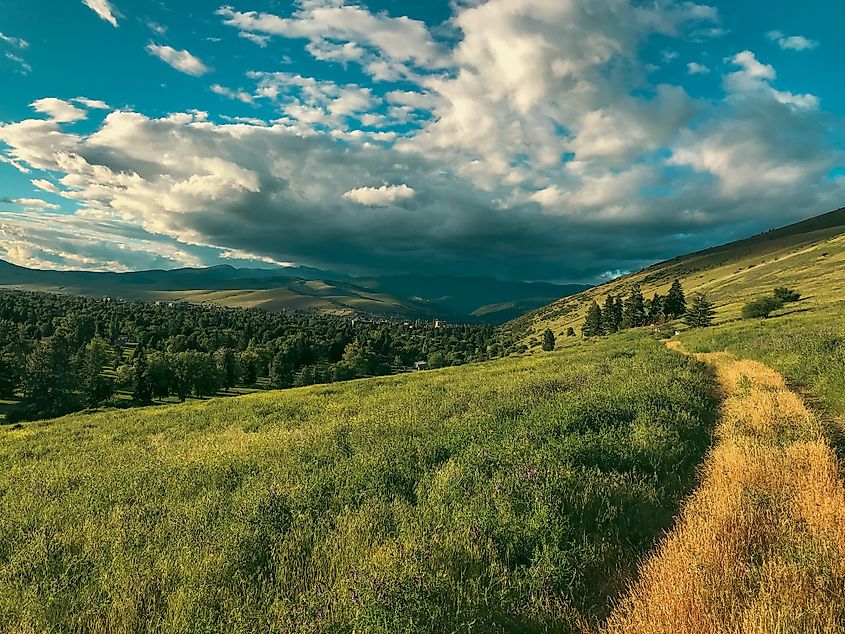
Marshall Mountain was previously a skiing destination but has since been converted into a park for the city of Missoula. Unlike much of Montana, it is privately owned but open to the public. The owners ensured the mountain has the same number of fun activities, including hiking and biking trails and skiing during the winter season.
However, not long after reopening, reports of rattlesnakes in the area started to come in. A mountain bike group, in particular, snapped a photo of one on the trails. These snakes likely have migrated up the mountain from the Mittower Gulch just to the east of the mountain. Typically, these prairie rattlesnakes will bask in the sun during the early hours of the morning on the trails before retreating out of view. If you encounter a rattlesnake, experts recommend giving them a lot of space and not antagonizing them. Another option is to wait to go out until a bit later in the day when rattlesnakes are less likely to be out in the open.
Gallatin County
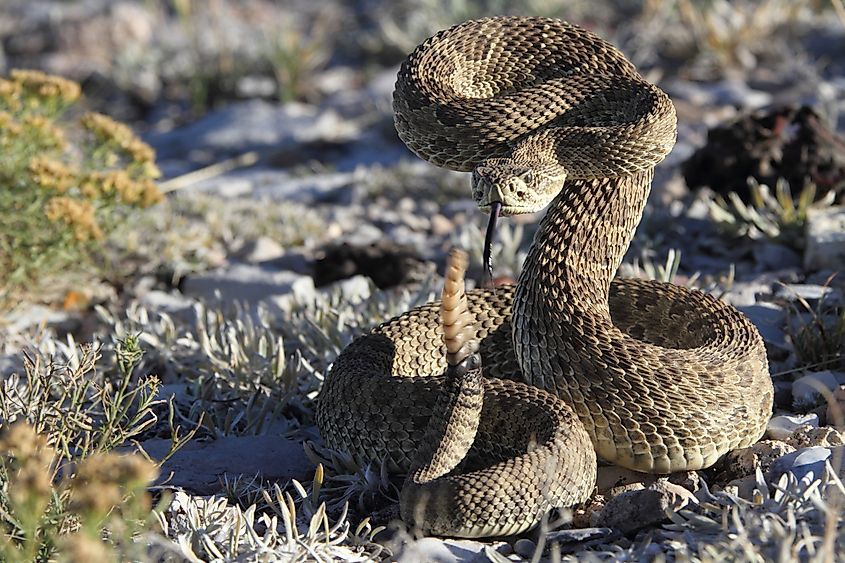
Gallatin County is located in the southwestern corner of the state and has a population of just under 120,000, making it the second-most populous county in the entire state. Near the southern tip of the county, it is home to the entrance to Yellowstone National Park and the ski resort Big Sky Resort. This resort is one of the biggest in the United States and offers summer activities such as lift rides, golfing, and ziplining.
Within Gallatin Valley, one can expect to find prairie rattlesnakes, especially on the northern edges. These species of rattlesnakes have fangs that fold back against the roofs of their mouths and only extend when they bite. The snakes are not particularly aggressive towards humans. However, if threatened, they may bite, and these bites can cause nausea, vomiting, difficulty breathing, and pain. If you are bitten, try to stay calm and use a splint or sling on the bitten area. It's important to keep the heart rate low to prevent the venom from spreading through the bloodstream.
Paradise Valley
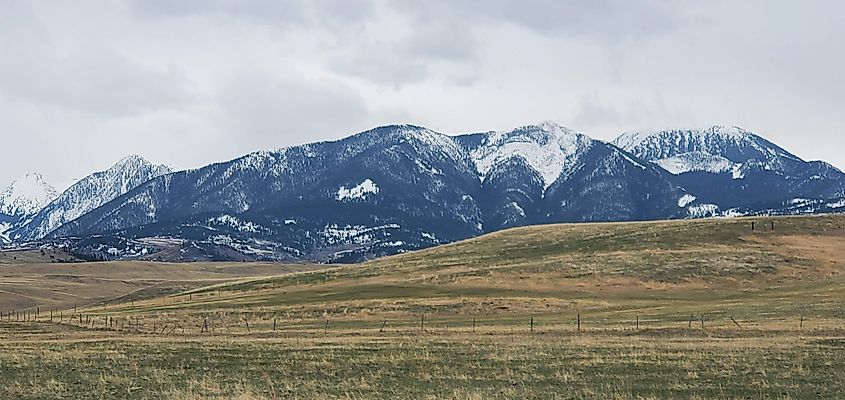
Paradise Valley is nestled in southwestern Montana by the Yellowstone River, north of Yellowstone National Park. When European explorers first began exploring the area around Yellowstone, this valley became the main route into the park. The valley has all manner of natural beauty, from spring creeks to hot springs and even mountains, with Mount Cowen standing at 11,212 feet tall.
This valley is a favorite spot for rattlesnakes, who can hide in many places, such as prairie grass, rock outcrops, and vegetation. As pit vipers, they hide and await prey to come by them so they can strike. They inject their venom into prey and then consume them once the prey is dead or weak. They have a heat-sensitive pit on both sides of their heads so they can detect heat, which is useful for knowing when to go out and get some sunlight.
Nelson Reservoir
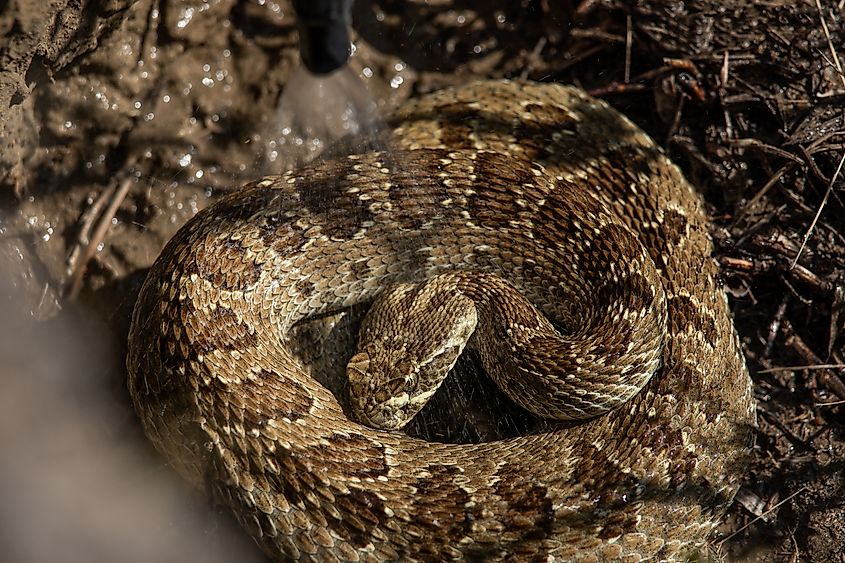
The Nelson Reservoir is a picturesque place that the state created by the Nelson Dam on the Milk River, a northern tributary of the Missouri River. The Bureau of Reclamation manages the site, including maintaining water for irrigating the area and stocking it with fish like walleye and northern pike for fishers to enjoy. Residents enjoy camping at the campground right next to the reservoir.
Some might think that a prairie rattlesnake wouldn't go near a manmade water source. However, rattlesnakes aren't afraid of water; they are actually quite strong swimmers. This is such an issue that the California Department of Fish and Wildlife warns people not to pick up sticks in rivers or bodies of water, as they could be a rattlesnake! With these swimming snakes, it's a good idea to keep one's distance from them and allow them to swim away to their destination.
Great Falls
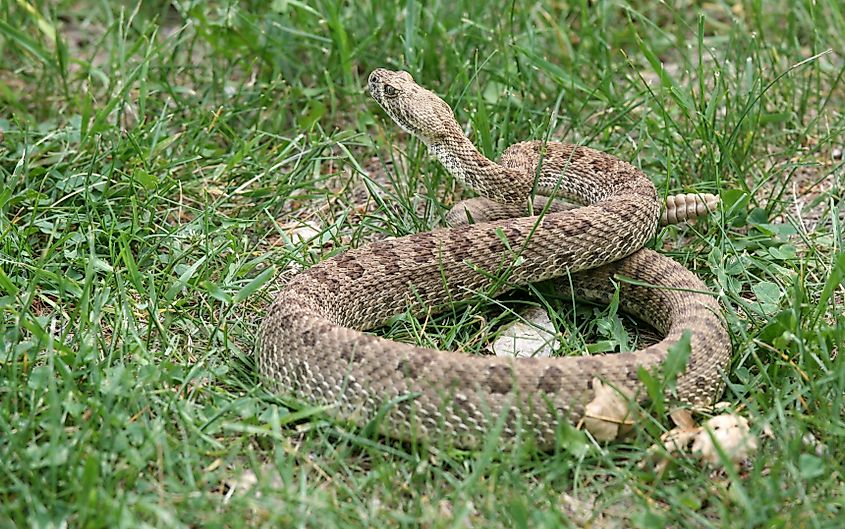
Great Falls is a city located east of the Rocky Mountains and beside the Missouri River. It has a population of just over 60,400 people, making it a densely populated place as far as Montana is concerned. There are five waterfalls to the east and west of the city, which have earned it the name Great Falls.
Despite it being a metro area, residents over the past few years have reported a sudden rise in the number of rattlesnakes coming into the city. The reasons for this migration to the city are varied. Increased heat encourages them to move closer to places with water to drink and prey to consume, such as mammals. Because rattlesnakes are moving closer to humans, the risk of snake bites for humans and pets has increased. However, deaths from rattlesnake bites are rare, with only five to six people dying nationwide annually.
Yellowstone National Park
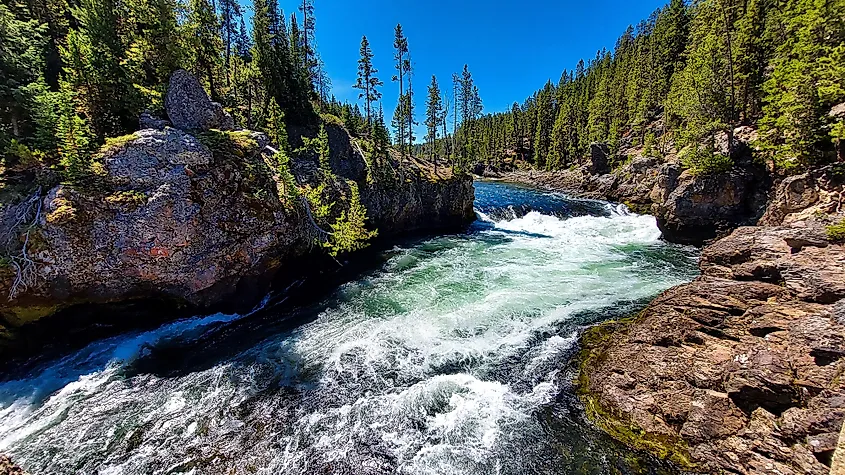
The vast majority of Yellowstone National Park lies within Wyoming, but 3% of it does lie within the Montana Counties of Gallatin and Park. This park was created in 1872 through the Yellowstone National Park Protection Act and is the first national park in the U.S. and possibly in the entire world. The park is abundant with beautiful features, from Yellowstone Lake to the Old Faithful Geiser and much more.
The wildlife is highly diverse here, ranging from cougars, Grizzly bears, bison, elk, and prairie rattlesnakes. It is the only venomous snake within the entire park and tends to frequent the lower Yellowstone River areas. These areas have plenty of hiding spots for snakes, from rocky areas along the coast to thick foliage full of fallen branches and leaves. Thus, visitors should always be aware of their surroundings, as no one wants to be bitten by a rattler.
Wrapping Up
Montana doesn't have the largest rattlesnakes in the world or even the U.S., but these snakes can still be dangerous. Any creature with the ability to harm someone with its venom should be respected. The key factor to remember is that these snakes are defensive. They will only strike if they feel threatened, and they are far more likely to be hiding than out in the open. Snake bites are thankfully rare, but as they move into more populated areas, they do become more likely. As a result, it's essential to seek medical attention as soon as possible if one is bit by a rattlesnake.

